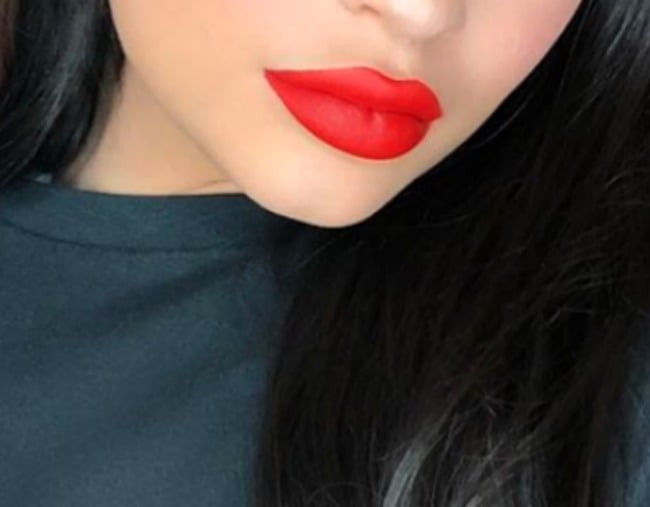
You know the ones.
From corner to corner, the skin is smooth, the pout plump and the grin wide.
They saturate your social media feeds, the reality TV landscape, and even the big screen. They are hers, and hers look like all the others, but perhaps they don’t look like yours.
In a realm where beauty is currency and a carefully curated social media account like a modern-day trophy, it’s little surprise the rise and rise of lip fillers would coincide so perfectly with our fixation on the virtual. We spend so much time online and so, in a world where people are only ever living their best lives, the concept of real is as foreign as the technology holding our online personas together.
When a typical young woman sees big lips all over her screens, she thinks, well, that must be beautiful. For her, it’s almost transactional. I’ll have a bit of what she’s having, and with that, I’ll be a little more beautiful. I’ll be a little bit more like the person society tells me I should be.
According to Australian Skin Clinics‘ Medical Director Dr Adam Cho, the organisation has seen a “dramatic increase” in demand for lip fillers in the last year.
Why are more and more young girls altering their faces to look like Kylie Jenner? The Mamamia Out Loud team discuss on this week’s episode. Post continues after audio.
“Lip fillers are the most common and the most commonly performed injectable fillers. Approximately 70 per cent of our dermal fillers are lip fillers,” he tells Mamamia.
He considers the “absolute” rise multi-faceted. The first is the relative non-invasive nature of procedure.
“The beauty of dermal fillers is that there is no downtime. Most patients come in during their lunch time and resume work and normal activities immediately after their treatment.




























































































